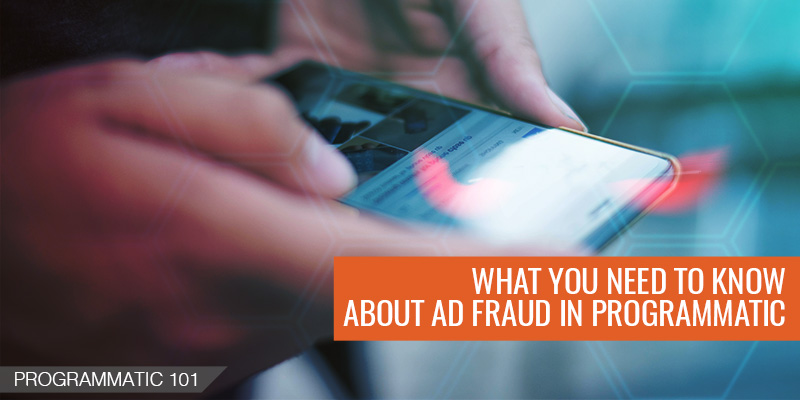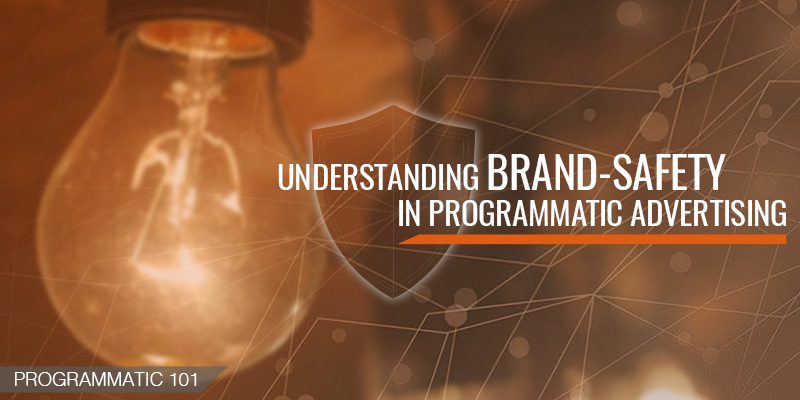What You Need To Know About Ad Fraud in Programmatic

What is Ad Fraud?
Ad fraud occurs when the ads are not seen or when ads are seen by non-human traffic.
What does that mean?
When ads are not seen, it means ads are not visible to the user but still generated impressions (and sometimes clicks). We use the term “viewability” to describe whether the ad was viewable.
When ads are seen by non-human traffic (i.e. bots), fake traffic generate the impressions and clicks.
In both cases, the impressions are not real. Advertisers are paying for fraudulent impressions. The World Federation of Advertisers (WFA) predicts that ad fraud could cost advertisers USD$50bn by 2025.
How does this occur?
There are two types of traffic: human traffic and non-human traffic.
Ad Fraud by Human Traffic
When the impressions are generated by human traffic but are invisible to the intended users, this can sometimes be a fraudulent impression.
Here are some cases that cause a fraudulent impression:
- When ads are placed behind each other, only the top ad is visible. The ads in the back have 0% viewability. Putting ads behind each other is called “ad-stacking.”
- When fraudulent publishers pretend to be another publisher by creating an account under a domain they do not own. This is called “domain spoofing.” Advertisers purchase inventory on these publishers not knowing which are false.
- Similar to domain spoofing, some publishers and site networks can bundle under one Site ID in the RTB system. Advertisers purchase inventory on this Site ID and do not realize their ads may appear on a different site inside the bundle. This inventory is “intentionally misrepresented.”
Ad Fraud by Non-Human Traffic
Majority of fake impressions and clicks are generated by non-human traffic called “bots.” These are scripts that pretend to be human by surfing websites, viewing ads, imitating mouse movements and clicks, and even generating fake form submissions (therefore cause conversions).
In a 2015 study by Association of National Advertisers (ANA) and White Ops, programmatic display ads were 14% more bots than the average and programmatic video ads had 73% more bots than average.
Ad fraud occurs in over 52% of uncertified mobile apps according to Sizmek’s report on Advertising Fraud In Mobile. These apps tend to involve illegal content activity such as illegal music streaming, free movie downloads, etc.
Examples of non-human traffic:
- Fraudulent publishers generate false content and send false traffic to their websites to increase pageviews.
- Bots pretending to be human by mimicking human behaviours such as mouse movement and browsing behaviour to trick advertisers into spending on false impressions.
What can be done?
The advertising industry takes ad fraud very seriously in a number of ways:
- Industry-wide collaboration: Advertisers and publishers work together to keep the industry clean of fraudulent and malicious activity. This encourages transparency and collaborative efforts to bring fraud to the surface.
- Standardization: Creating guidelines for better processes, ad formats, regulation policies, and best practises so that advertisers and publishers follow the same set of rules.
- Constant monitoring, blacklist, whitelist, third-party verification, and companies like White Ops keep an eye out on fraudulent activity. Advertisers and publishers have access to numerous resources to minimize ad fraud.
- Regulations make sure both advertisers and publishers have policies in place to ensure ongoing efforts to maintain a clean industry.






